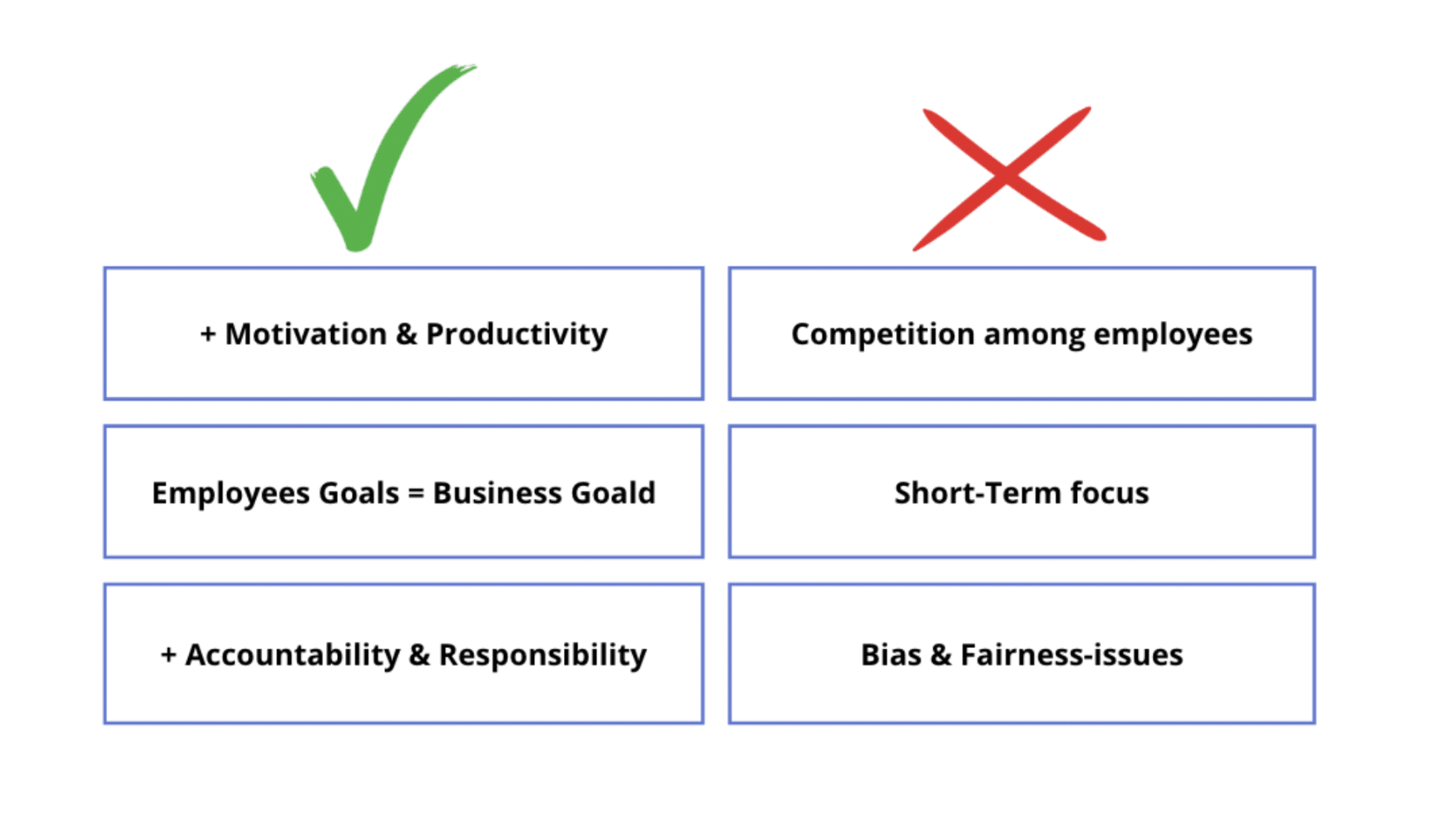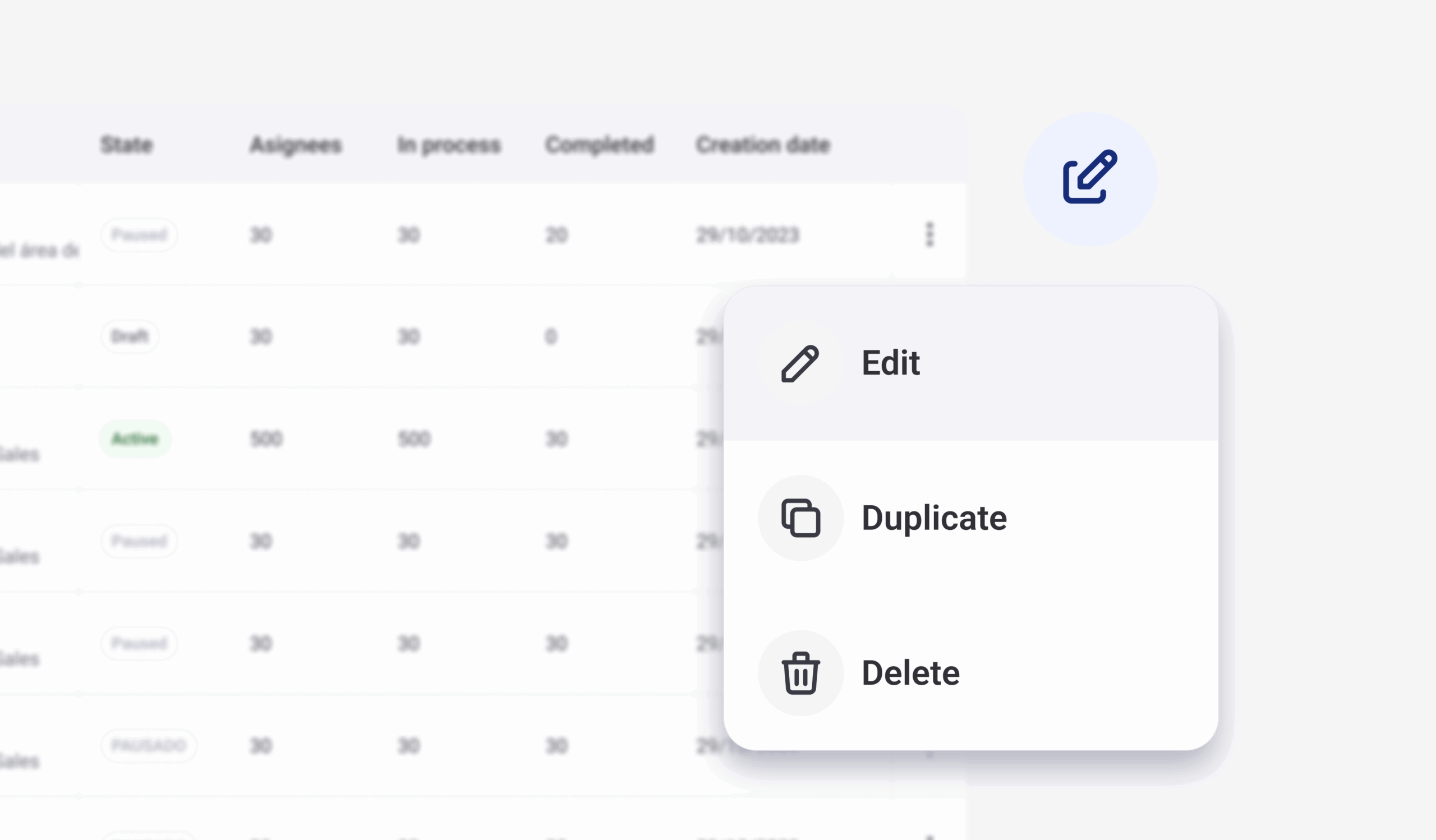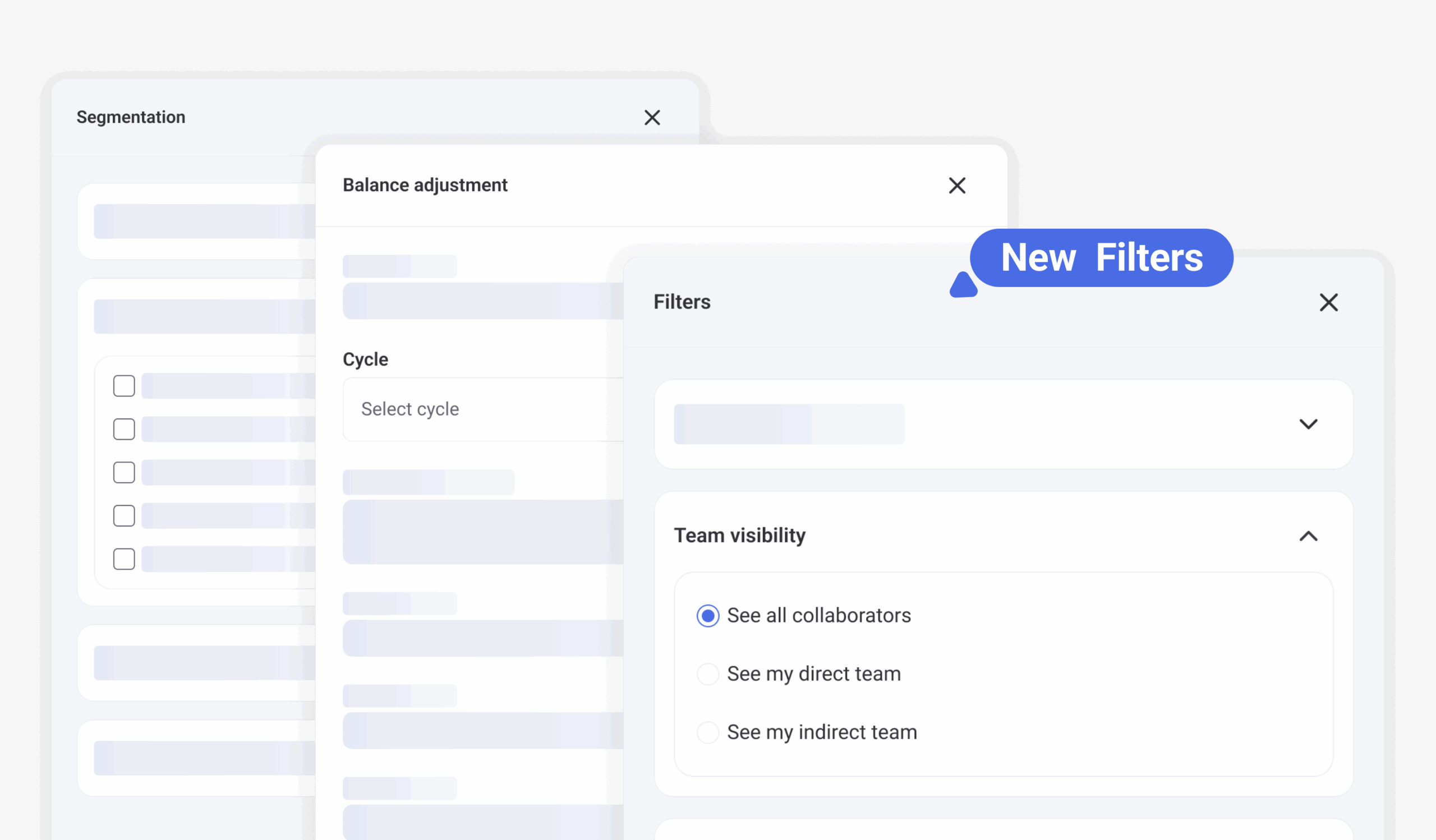Introduction
In today’s competitive business landscape, organizations are continuously seeking effective ways to motivate their workforce and drive exceptional performance. One strategy that has gained significant traction is the pay for performance model. But what does this approach really entail? How does it impact both employees and the organization at large?
Imagine a workplace where your efforts directly influence your paycheck. When employees are rewarded for their hard work and achievements, it can create a powerful incentive to excel. This model aims to align employee performance with the company’s goals, fostering an environment where individuals strive to contribute their best efforts.
However, while the concept may sound appealing, it is essential to consider the potential downsides. Implementing a pay for performance system can lead to unintended consequences, such as unhealthy competition among employees and a potential focus on short-term gains at the expense of long-term success.
In this article, we will explore the advantages and disadvantages of pay for performance, providing insights to help you understand whether this approach could be the right fit for your organization. We will delve into its impact on motivation, accountability, and collaboration, while also addressing the challenges that may arise. Whether you’re a business leader or an HR professional, this information is crucial for making informed decisions about compensation strategies that can ultimately shape the culture and performance of your organization.
What is Pay for Performance?
Pay for performance is a compensation strategy where employees receive financial rewards based on their performance and contributions to the organization. This approach shifts the focus from fixed salaries to a variable pay structure, incentivizing employees to work harder and achieve specific goals.
Types of Performance-Based Pay
There are various forms of pay for performance, including:
- Bonuses: Additional monetary rewards given for achieving specific targets or milestones.
- Commission: A percentage of sales that employees earn, typically used in sales positions.
- Profit Sharing: Employees receive a share of the company’s profits, aligning their interests with organizational success.
- Merit Pay: Salary increases based on performance evaluations, rewarding employees for their contributions over time.
By implementing a pay for performance model, organizations aim to motivate employees to perform at their best, aligning their efforts with the company’s overall objectives.
Advantages of Pay for Performance
Implementing a pay for performance model can bring numerous benefits to both employees and organizations. Here are some key advantages:
1. Increases Motivation and Productivity
One of the most significant benefits of pay for performance is its ability to boost employee motivation. When employees know that their efforts directly influence their compensation, they are more likely to strive for excellence. This heightened motivation often translates into increased productivity, as employees work harder to meet or exceed their goals.
2. Aligns Employee Goals with Company Objectives
A pay for performance system encourages employees to align their personal goals with the organization’s objectives. When employees understand that their performance contributes to the company’s success, they become more invested in their work. This alignment fosters a sense of purpose, leading to a more engaged and dedicated workforce.
3. Encourages Accountability and Responsibility
With a pay for performance model, employees take greater ownership of their work. Knowing that their compensation depends on their performance encourages them to be accountable for their actions and decisions. This sense of responsibility can lead to better teamwork and collaboration, as employees recognize the importance of supporting each other to achieve common goals.
Disadvantages of Pay for Performance
While the pay for performance model offers several advantages, it also comes with its share of challenges and drawbacks. Here are some notable disadvantages to consider:
1. Can Create Unhealthy Competition Among Employees
One significant downside of pay for performance is that it may foster unhealthy competition among employees. When individuals are pitted against each other for rewards, collaboration can suffer. Instead of working together to achieve common goals, employees might focus solely on their interests, undermining teamwork and creating a toxic work environment.
2. May Lead to Short-Term Focus
In a pay for performance system, employees might prioritize short-term gains over long-term success. For instance, they may focus on immediate targets to earn bonuses, neglecting other important aspects of their job or the company’s overall strategy. This short-sightedness can hinder innovation and sustainable growth, as employees may avoid taking risks that could benefit the organization in the long run.
3. Potential for Bias and Fairness Issues
Another concern with performance-based pay is the potential for bias in evaluations. Performance metrics can sometimes be subjective, leading to inconsistencies in how rewards are distributed. If employees feel that the evaluation process is unfair, it can erode trust and morale, ultimately affecting overall job satisfaction and retention.
How to Implement a Pay for Performance Model
Implementing a successful pay for performance model requires careful planning and consideration. Here are some steps to ensure effective execution:
1. Define Clear Performance Metrics
Establishing clear and measurable performance metrics is crucial for any pay for performance system. These metrics should align with the company’s goals and objectives, ensuring that employees understand what is expected of them. Metrics can include sales targets, project completion rates, customer satisfaction scores, and other quantifiable measures.
2. Communicate Transparently
Transparency is key to the success of a pay for performance model. Communicate the criteria for performance evaluation and how compensation will be determined. This openness helps to build trust among employees and ensures that everyone understands the process, minimizing confusion and potential grievances.
3. Provide Regular Feedback
To maintain motivation and accountability, it’s essential to provide regular feedback to employees about their performance. This can be done through performance reviews, one-on-one meetings, and informal check-ins. By keeping employees informed about their progress, organizations can help them stay focused on their goals and make necessary adjustments to improve their performance.
4. Offer Training and Support
Investing in employee training and development can enhance the effectiveness of a pay for performance model. When employees receive the support and resources they need to succeed, they are more likely to meet or exceed performance expectations. This commitment to employee growth not only benefits the individual but also contributes to the overall success of the organization.
For more insights on the importance of training your employees, check out our article on The Importance of Training Your Employees for Business Success.
Conclusion
In summary, the pay for performance model can serve as a powerful tool for enhancing employee motivation and aligning individual efforts with organizational goals. By rewarding high performance, companies can foster a culture of accountability and productivity. However, it’s essential to be aware of the potential disadvantages, such as unhealthy competition and biases in performance evaluations.
To successfully implement a pay for performance system, organizations must define clear performance metrics, communicate transparently, provide regular feedback, and invest in employee training. By striking the right balance, businesses can leverage the advantages of this model while mitigating its drawbacks, ultimately leading to a more engaged and productive workforce.
As you consider the implementation of a pay for performance model in your organization, remember to assess your unique culture and goals. Understanding both the pros and cons can help you make informed decisions that benefit your employees and your business as a whole. For further reading on related topics, you can check this external source about the effectiveness of pay for performance: Does Pay for Performance Work? It Depends.
FAQs
What is the meaning of pay-for-performance?
Pay-for-performance, or performance-related pay, is a compensation system where employees are rewarded based on job performance. Companies set guidelines outlining specific behaviors or performance outcomes that lead to higher pay, ensuring employees are motivated to achieve target results.
Is pay-for-performance good or bad?
Whether pay-for-performance is good or bad largely depends on its implementation and the organizational context. On the positive side, it can effectively motivate employees, align individual goals with company objectives, and foster a sense of accountability, attracting high performers who thrive in a merit-based system. However, it also has potential downsides, such as creating unhealthy competition that undermines teamwork, encouraging a short-term focus at the expense of long-term goals, and introducing subjectivity in performance evaluations, which can lead to perceptions of unfairness. Additionally, the pressure to perform can result in stress and burnout. Ultimately, pay-for-performance can be effective if implemented thoughtfully, with clear criteria and a balance between individual incentives and team contributions, ensuring a supportive culture that maximizes benefits while minimizing drawbacks.
What is a pay-for-performance position?
A pay-for-performance position is one where an employee’s compensation is directly tied to their performance. This strategy incentivizes employees to achieve specific goals or benchmarks, often rewarded with bonuses, raises, or commissions based on their success.







